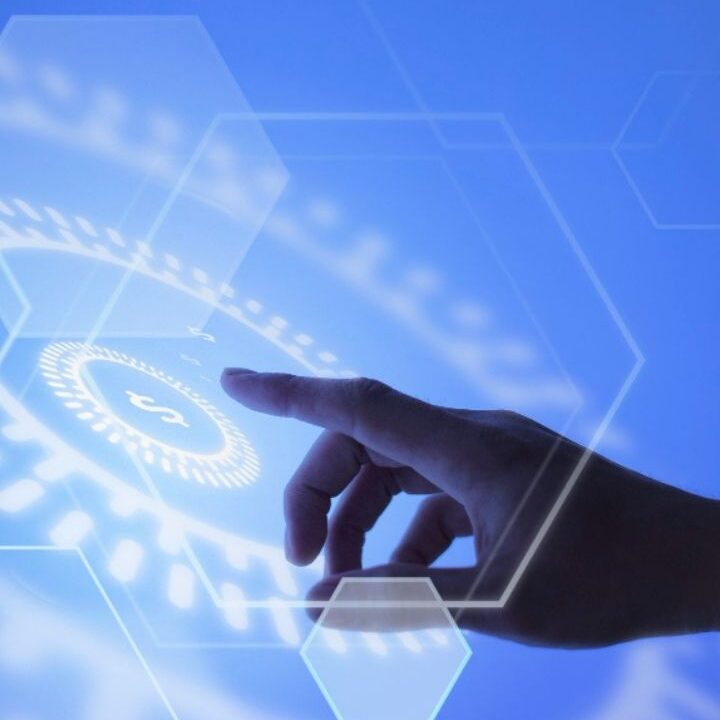WHAT ARE 3D ASSETS?
virtual try-ons and 3D elements bring things to life.
WHAT ARE 3D ASSETS?
3D assets are any three-dimensional content, such as holograms, AR or VR assets, and 3D product renderings. They can be used in a variety of ways in e-commerce including virtual try-ons on products, pages with digital goods, and product displays. This creates a better customer experience, higher engagement rates, and lower return rates. 3D assets will only become more popular as techniques for creating realistic visuals emerge.
Next-gen content is going to help retailers continue to grow their customer bases by providing them with new features and selling points that they haven’t had before. While more photorealistic visuals are important for shoppers of all ages to experience and interact with products — according to Zakeke, 67 percent of shoppers believe that high-quality visuals matter more than ratings or product descriptions — they are especially important for Gen Z, who are seen as trendsetters with a significant influence over commerce. Nearly 3 out of 4 Gen Z’s prefer using content to find new products, and they favor visual communication when it comes to taking photos or videos — which might convey the best experiences for them. The spending power of millennials is expected to exceed that of Generation Z by 2030, according to Bank of America Research. Across product categories, 3D assets’ versatility will make them essential tools to engage consumers and create a more immersive and interactive experience in a variety of ways, from branded VR experiences for engagement to interactive product catalogs with dynamic product display pages that are experienced in AR/VR.
How Does 3D Modeling Work?
Artists typically start by generating a primitive shape like a cube, sphere, or plane. A lot of these shapes can serve as the starting point for modeling.
The artist will start with a basic form, then use various modeling tools to shape and modify the form. 3D Modeling is almost always best if you start out simple.
3D modeling often involves the laborious placement of individual points in order to shape the contours of an object.
The exterior of the mesh can be subdivided into polygons to create more detail. The use of subdivisions is especially important for animation purposes.
Joints like a character’s knees or elbows need to bend smoothly, which is why you would need these additional polygons for the motion to be good
There are plenty of tools to help you save time during the modeling process. One of these is called mirroring which lets you build a symmetrical model by working on just one side of an object.
This is especially useful in character design because you only have to model one side of the body and make it mirror any way you want. This happens automatically in a variety of animation software, freeing up time for more detail to be put into the drawing.
THE APPLICATIONS OF 3D MODELS?
Although 3D reproductions are a common kind of technology, what sectors make use of 3D modeling? 3D modeling is used in a variety of industries for a variety of objectives. Among the ideas are:
- Architectural visualization is used to plan buildings.
- In the real estate industry, 3D tours are provided.
- Producing video games and films.
- Conducting research for academic purposes.
The Early Movers and Suggestions will be discussed in the next blog.




